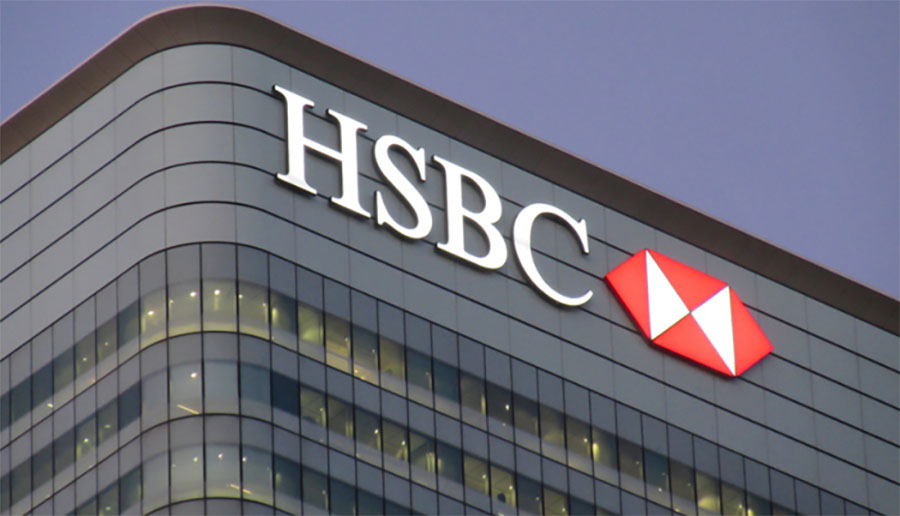
The bank's 214,000-strong workforce will now operate under four distinct business lines: a standalone UK division, Hong Kong operations overseeing eastern markets, international wealth and premier banking, and corporate and institutional banking managing western markets. This marks a departure from HSBC's traditional three-division structure of commercial banking, global banking and markets, and wealth and personal banking.
"The changes will make it easier for our colleagues to serve our customers and drive the future success of the group," stated Elhedery, who notably learned Mandarin during a recent sabbatical. The restructuring, set to take effect January 1, 2025, aims to "reduce the duplication of processes and decision-making," according to official bank communications.
In a groundbreaking appointment, Pam Kaur, 60, previously chief risk and compliance officer, becomes HSBC's first female CFO. With nearly four decades of experience across UK, US, and German banks, Kaur brings substantial expertise to the role at a critical juncture.
UBS banking analyst Jason Napier highlighted the significance of the reorganization: "Aligning functions for a group with 213,978 staff involves exceptional costs." The restructuring appears partly motivated by geopolitical pressures, as HSBC navigates complex relationships between China and the West. The bank generates most profits in Asia while maintaining its London headquarters.
The market response has been measured, with HSBC shares remaining flat while the FTSE 100 declined 0.6%. Over the past year, HSBC's stock has risen 12%, underperforming against the European banking sector's 33% gain in the STOXX index.
RBC Capital Markets analyst Ben Toms offered a cautious perspective: "The real question is which parts of the Group could be next on the chopping block, and how much will this restructuring cost the bank?" The Financial Times has reports on potential job cuts that are targeting senior bankers who could save over $300 million.
















